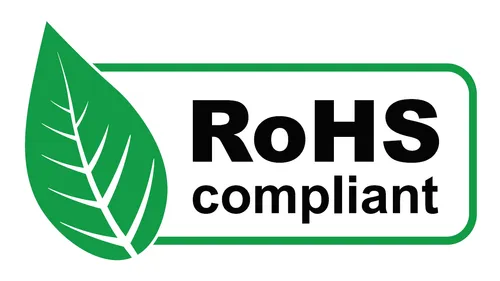RoHs certification service, Uncategorized
RoHs certification service
Courtesy: RoHs certification service
The Restriction of Hazardous Substances Directive 2002/95/EC (RoHS 1), short for Directive on the restriction of the use of certain hazardous substances in electrical and electronic equipment, was adopted in February 2003 by the European Union.
The initiative was to prevent an overabundance of chemicals in electronics. Thus, as a result electronics were restricted.
The RoHS 1 directive took effect on 1 July 2006, and is required to be enforced and became a law in each member state. This directive restricts (with exceptions) the use of ten hazardous materials in the manufacture of various types of electronic and electrical equipment. In addition to the exceptions, there are exclusions for products such as solar panels. It is closely linked with the Waste Electrical and Electronic Equipment Directive (WEEE) 2002/96/EC (now superseded) which sets collection, recycling and recovery targets for electrical goods and is part of a legislative initiative to solve the problem of huge amounts of toxic electronic waste. In speech, RoHS is often spelled out, or pronounced /rɒs/, /rɒʃ/, /roʊz/, or /ˈroʊhɒz/, and refers to the EU standard, unless otherwise qualified.

DEHP, BBP, DBP and DIBP were added as part of DIRECTIVE (EU) 2015/863 which was published on 31 March 2015.
PBB and PBDE are flame retardants used in several plastics. Hexavalent chromium is used in chrome plating, chromate coatings and primers, and in chromic acid.
The maximum permitted concentrations in non-exempt products are 0.1% or 1000 ppm (except for cadmium, which is limited to 0.01% or 100 ppm) by weight. The restrictions are on each homogeneous material in the product, which means that the limits do not apply to the weight of the finished product, or even to a component, but to any single material that could (theoretically) be separated mechanically — for example, the sheath on a cable or the tinning on a component lead.
As an example, a radio is composed of a case, screws, washers, a circuit board, speakers, etc. The screws, washers, and case may each be made of homogenous materials, but the other components comprise multiple sub-components of many different types of material. For instance, a circuit board is composed of a bare printed circuit board (PCB), integrated circuits (IC), resistors, capacitors, switches, etc. A switch is composed of a case, a lever, a spring, contacts, pins, etc., each of which may be made of different materials. A contact might be composed of a copper strip with a surface coating. A loudspeaker is composed of a permanent magnet, copper wire, paper, etc.
Everything that can be identified as a homogeneous material must meet the limit. So if it turns out that the case was made of plastic with 2,300 ppm (0.23%) PBB used as a flame retardant, then the entire radio would fail the requirements of the directive.
In an effort to close RoHS 1 loopholes, in May 2006 the European Commission was asked to review two currently excluded product categories (monitoring and control equipment, and medical devices) for future inclusion in the products that must fall into RoHS compliance. In addition the commission entertains requests for deadline extensions or for exclusions by substance categories, substance location or weight.[7] New legislation was published in the official journal in July 2011 which supersedes this exemption.

